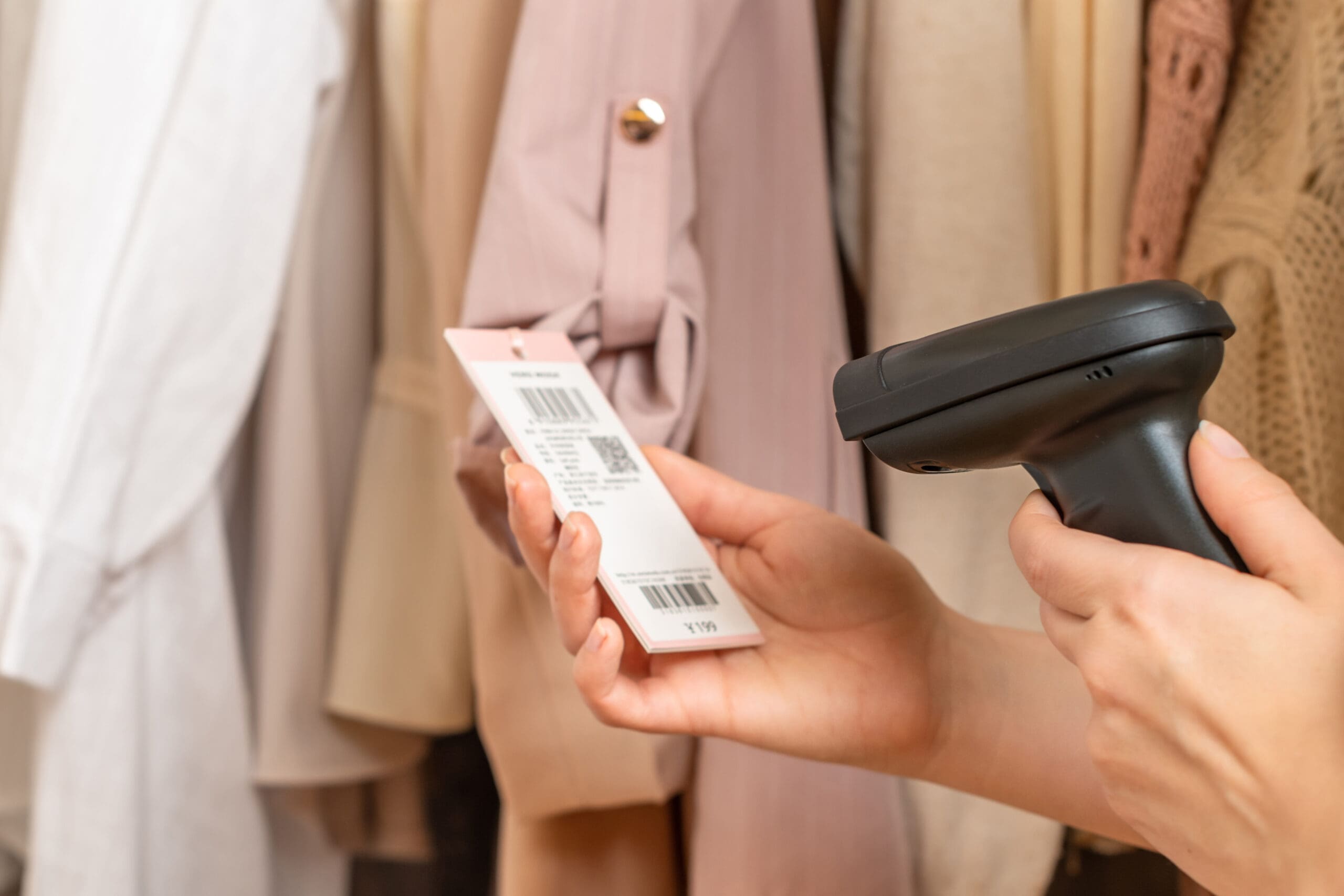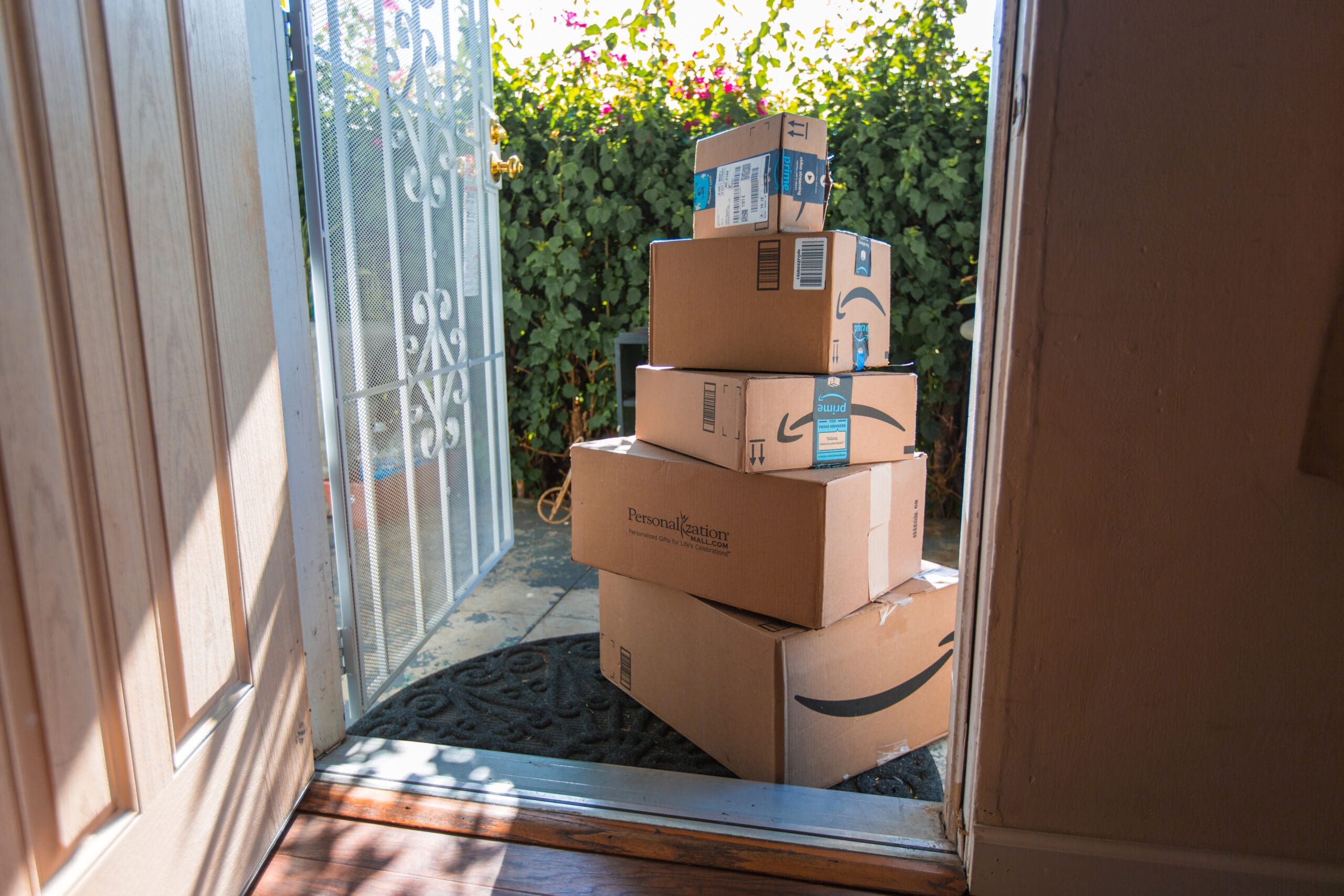With trends constantly changing and seasons coming and going, stocking the right amount of inventory is tricky. While new fashion retailers may have a learning curve, with some time you can get inventory supply and demand down to a science. While some pieces will sell better than others, and you won’t always be offering the same products all the time, over time you will learn what sells best. Comprehensive reporting, customer behavior, organized inventory systems, and other resources can help you stay in control of inventory and finances too. Investing in resources and technology while trying to stock inventory can cause a cash flow strain. To free up cash flow, you may need to use inventory financing.
What is inventory optimization?
Inventory optimization is the method of best practices for balancing cash flow and inventory. It’s the process behind maintaining adequate stock to meet customer demand, but never miss a sale, delivering the best customer shopping experience, avoiding inventory problems, and keeping costs down. Seasonal optimization takes current market conditions and trends into account in combination with historical data to forecast consumer demand.
Why inventory optimization is important for fashion brands
Inventory optimization is important for any product-based business or retailer, but it’s especially vital for fashion brands. Proper inventory optimization will help your company meet consumer demand, increase customer satisfaction, and avoid costly issues such as overstocking, understocking, supply chain issues, and backorders. Inventory optimization is achieved through a combination of tools, technologies and best practices such as real-time product tracking and demand forecasting. Below are some tips to help you optimize inventory from season to season.
Tips to optimize inventory season to season
To make sure your retail inventory is optimized for each season, consider incorporating the following tips into your fashion business:
- Utilize seasonal codes: Incorporating seasonal codes into your product taxonomy provides better visibility and insights in regard to inventory. Seasonal codes can allow you to see detailed metrics for each season or product type at a glance. As a result, identifying trends, tracking seasonal inventory levels in real-time, generating accurate sales forecasts, and making educated purchase decisions are easier. Be sure to also identify which products are top sellers every season regardless of the trends (such as a basic pair of black jeans) and track their performance year-over-year to optimize your inventory levels of those products over time.
- Perform inventory analysis: All business decisions for all industries should be data-driven. Without proper analytics, even the best intended forecasting will fall short. Inventory analysis includes looking at historical data and trends, analyzing current market conditions, accounting for seasonality, calculating your profit margins, spotting poor-performing product lines, and identifying top-selling products. Inventory analysis allows you to make better purchase decisions and sales forecasts by adjusting for consumer demand.
- Tag your merchandise categories and products: Maintaining a detailed product taxonomy with seasonal codes and product attributes is a great opportunity to learn more about your customers and identify sales trends. Clear merchandise categorization will help you track product performance over time and by type, better enabling you to optimize your inventory for each season. Each of your fashion items should be tagged with several key attributes such as color, style, size, material, sleeve length, and season. These distinctions increase visibility into the performance of your product lines and make it easier to track trends. With the right product tagging system, you will be able to quickly run reports to answer questions like which boot sizes your customers purchase most often or how many denim jackets you sold last fall.
- Use data intelligently: Once you’ve begun to acquire massive amounts of consumer data and analytics, you have to know how to use this information wisely. The best data won’t do you any good if you aren’t incorporating it into your business decisions or sales forecasting. Basic inventory reports and sales reports should be a standard part of business operations. As should getting this data into the right hands of key people that make purchase decisions and run marketing campaigns.
- Collaborate with suppliers: While you want the majority of your product lines to remain on-brand, there are times you want to experiment with offering new products or tapping into a new fashion trend. When you aren’t yet sure how a particular piece will sell, this is the time to collaborate with your suppliers on creative solutions. You could request a smaller minimum order quantity, purchase new product lines under a “sale or return” agreement, or ask suppliers if they would be willing to provide free samples.
- Season to date sell through: Sell-through reporting is typically performed on the first day of each month to track sales performance from the previous month. Season to date sell through allows you to see the % of stock you have sold since the start of the season. This data can then be used to help you track the success of your marketing campaigns, identify which products to target for promotion, spot under-performing product lines, and identify which pieces to include in your next order from suppliers.
- Loyal shopper discounts: Having a discount program allows your customer base to build brand loyalty and encourages repeat shopping. The more return customers you have, the more data you can build on your target customer and their typical purchases. Once you have this data, it allows you to make informed decisions as well as market directly to your audience with targeted email campaigns and other tactics.
- End-of-season sales: Properly timing your seasonal discounts allows you to liquidate remaining seasonal inventory and clear the way for the next season’s items. Another helpful tactic is to begin your seasonal discounts mid-season. While you cannot always predict which product lines will perform the best, you can identify slow-moving products early enough in the season to slash the sales price and hopefully get them moving out of your inventory.
- Seasonal social media promotion: Keeping up with promotional opportunities through targeted social media campaigns can increase sales, thus helping you move more product. This can be especially resourceful if you feel you’ve overstocked on certain items. You might not have the right buyers coming in your door now, so find ways to reach them. You can also try running digital ads to boost sales and drive traffic to your website. Be sure to begin promoting seasonal items in keeping with current trends, allowing your customers plenty of time to get the pieces they need.
How Kickfurther can help
Optimizing inventory is no easy task. However, once you find the formula for inventory optimization, you may fall short on cash to stock inventory. While finances are a top priority for companies, and borrowing money costs money, it’s perfectly normal to need outside funding. Outside funding may cost time and money, but it’s a worthy investment if managed properly. Small businesses often struggle to find affordable and timely funding for inventory funding, and this is where Kickfurther comes in.
Kickfurther is the world’s first online inventory funding platform that enables fashion businesses to take their dreams from their closet to the runway. If you’ve been struggling to obtain financing through traditional sources, Kickfurther will be the light at the end of the tunnel (or the beginning of a whole new tunnel) you’ve been searching for.
For companies that sell physical products or non-perishable consumables and have revenue between $150k to $15mm over the last 12 months, Kickfurther can help. We connect brands to a community of backers who help fund inventory on consignment and give brands flexibility to pay that back as they receive cash from sales.
Kickfurther can help startups fund millions of dollars of inventory at costs up to 30% lower cost than the competition. With more than $100 million in inventory funded to date, Kickfurther can help you get funded within a day or even minutes to hours.
Interested in getting funded at Kickfurther? Here are 3 easy steps to get started:
#1. Create a free business account
#2. Complete the online application
#3. Review a potential deal with one of our account reps & get funded in minutes









